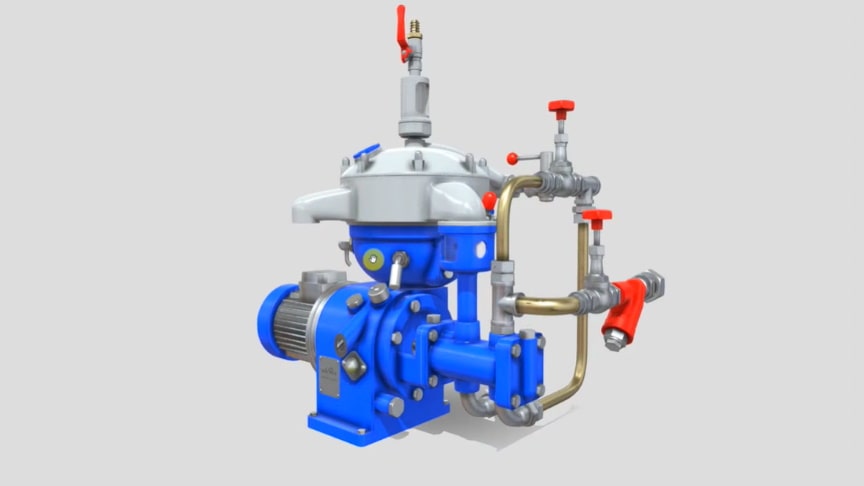Centrifugal separators are essential piece of equipment in many engineering industries. But what are they, and how do they work? In this video, we take a look at the basics of centrifugal separators – including purifiers and clarifiers – and explain how they work.
A centrifugal water–oil separator, centrifugal oil–water separator or centrifugal liquid–liquid separator is a device designed to separate oil and water by centrifugation. It generally contains a cylindrical container that rotates inside a larger stationary container.The denser liquid, usually water, accumulates at the periphery of the rotating container and is collected from the side of the device, whereas the less dense liquid, usually oil, accumulates at the rotation axis and is collected from the center.
Centrifugal oil–water separators are used for waste water processing and for cleanup of oil spills on water bodies.Centrifugal oil–water separators are also used for filtering diesel and lubricating oils by removing waste particles and impurities.A mix of oil and water is pumped constantly into a cone-shaped separating apparatus at an angle, which creates a spinning vortex. The filtration is a result of the force balance that occurs on fluids in a vortex.
Advertisement
High-density liquids will move to the outside, along with any contaminant, displacing the lower-density liquids to the inside (center of rotation). Water, being the more dense liquid, sits on the outside and is removed through a discharge outlet. Any segregated oil can now safely be recovered through a suction orifice at the center. The process will continue to function in this fashion as long as sufficient oil is added to maintain coverage of the suction orifice.











